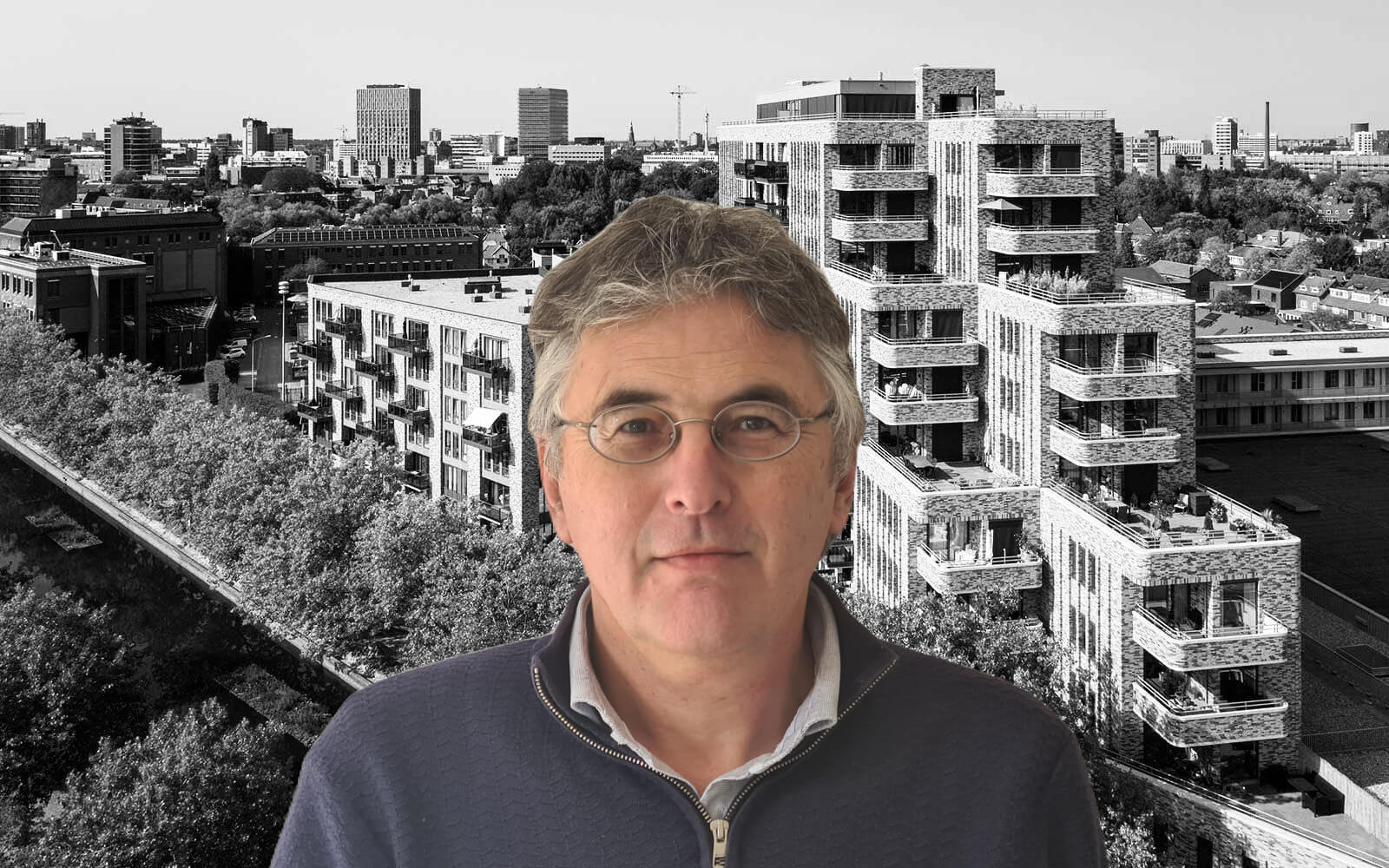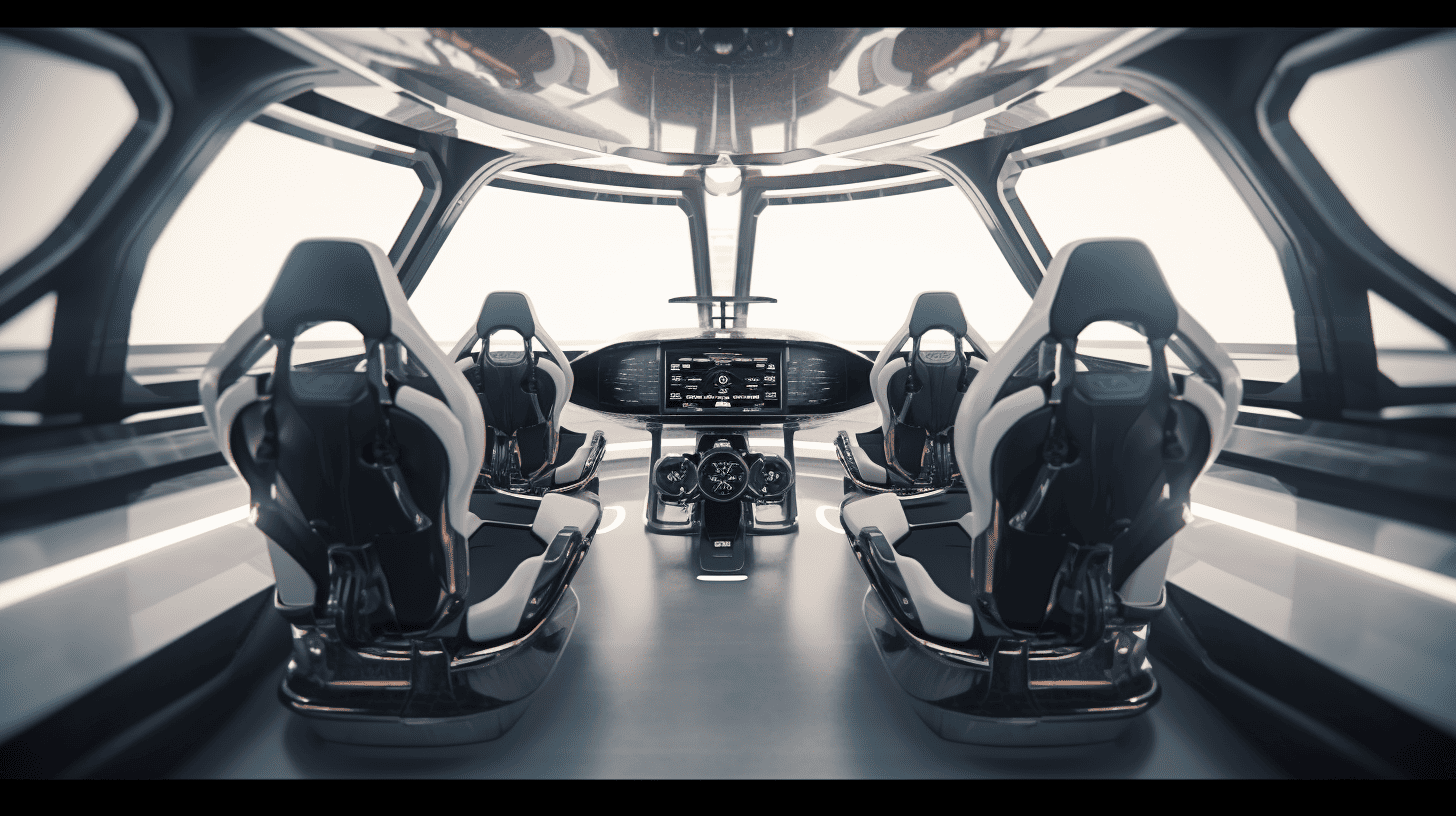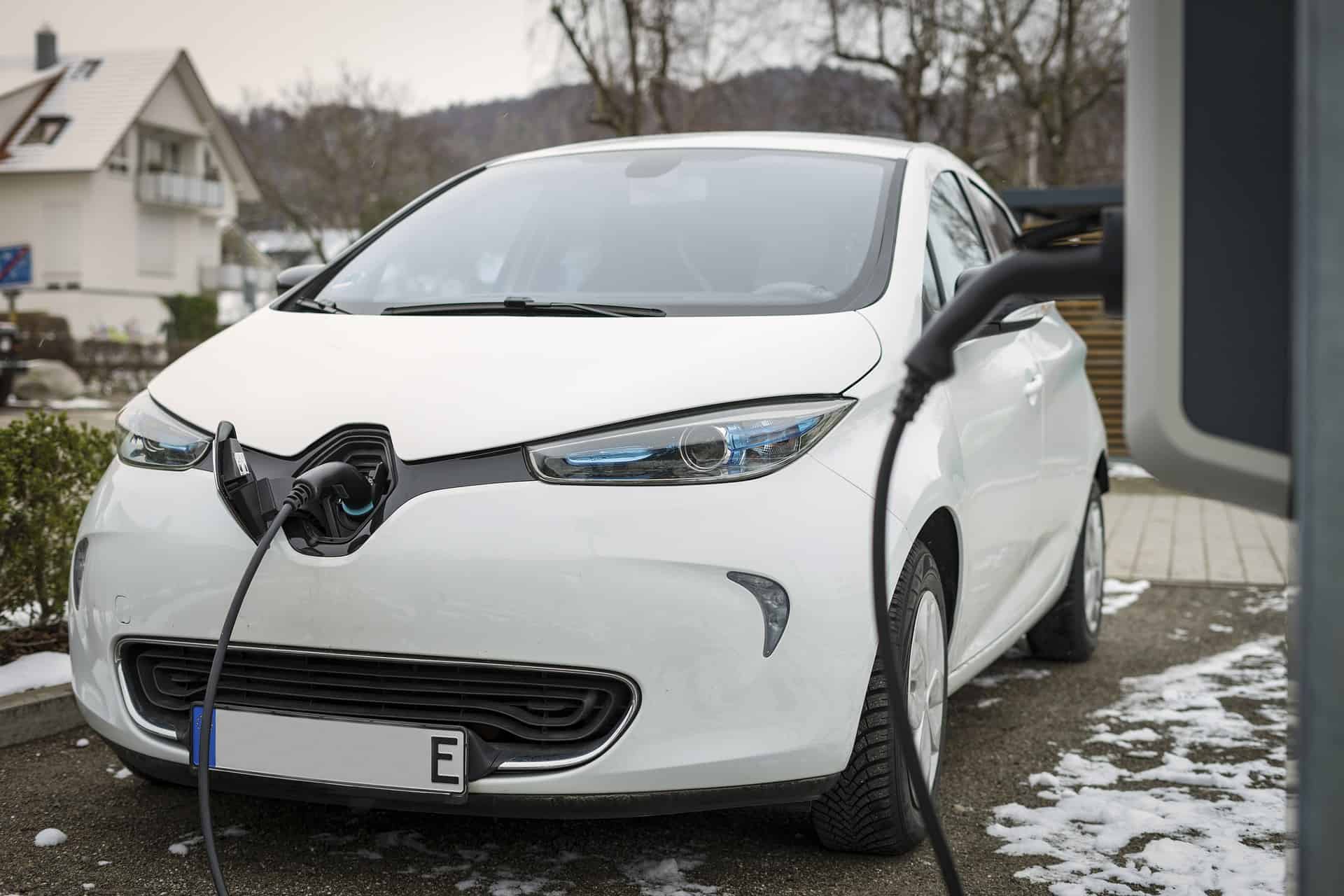
What if you would only need the car in exceptional circumstances, e.g. to go on vacation. All your everyday activities would take place in the vicinity of your home.
There are moments – such as when I am driving home in the evening on busy roads through the city full of exhaust fumes – when I think out loud to myself: ‘How in God’s name is it possible that in 2020 we keep polluting the environment in which we live, play, walk, and breathe, because we keep on just accepting en masse the long commutes in our cars between our homes and work?’
This is why a number of large progressive cities are in the process of transforming themselves into a 15-minute city. This is where all primary needs such as school, work, and stores are within a 15-minute radius either on foot or by bike. And where public areas are given a primarily communal green makeover. Most of the buildings will be multifunctional and will be fully exploited on weekends as well.
That hyperlocal model with less stress, in a green environment with clean air, and with a diverse range on offer within easy reach, obviously significantly increases the quality of life. It also creates the ‘cluster effect’ where cross-fertilization between specialists and their competitors working in the same neighborhood along with the social networks of active residents accelerates innovation. This is an important key to the success of cities.
83% of all neighborhoods in the Netherlands have a Supermarket and🟢/🟡or a Pharmacy within fifteen minutes cycling distance. The Netherlands is a 15-minute city. @BertVanRest pic.twitter.com/eKJRqMJz6f — Eugène Franken (@EugeneFranken) September 26, 2020
It is a little bit like going back to the future. In the 1930s, the bicycle was also the most important means of transport in the city. You had to be able to reach the most important places of employment from new neighborhood within half an hour by bicycle. Which is why, for one thing, Dutch architect Cornelis van Eesteren designed the expansion of Amsterdam tailored to the bicycle. His vision reached as far as the year 2000 and turned out to be a surprisingly robust alternative to the unforeseen city clogged up with cars.
Meanwhile, the design of the 15-minute city is based on multi-modal transport instead of a design based solely on cars or bicycles. This new mobility approach with more space for pedestrians and bicycles will certainly make a difference in busy inner cities, but it is also not a panacea for all urban development. Larger agglomerations are not a conglomerate of autonomous or homogeneous neighborhoods and affordable housing remains an Achilles’ heel even in the 15-minute city. After all, a better, high-quality residential environment requires substantial investments, which will have to be recouped with increased rents and property prices as a result.
About this column
In a weekly column, written alternately by Wendy van Ierschot, Eveline van Zeeland, Eugene Franken, Jan Wouters, Katleen Gabriels, Mary Fiers and Hans Helsloot, Innovation Origins tries to figure out what the future will look like. These columnists, occasionally joined by guest bloggers, are all working in their own way on solutions to the problems of our time. So that tomorrow is good. Here are all the previous articles.







